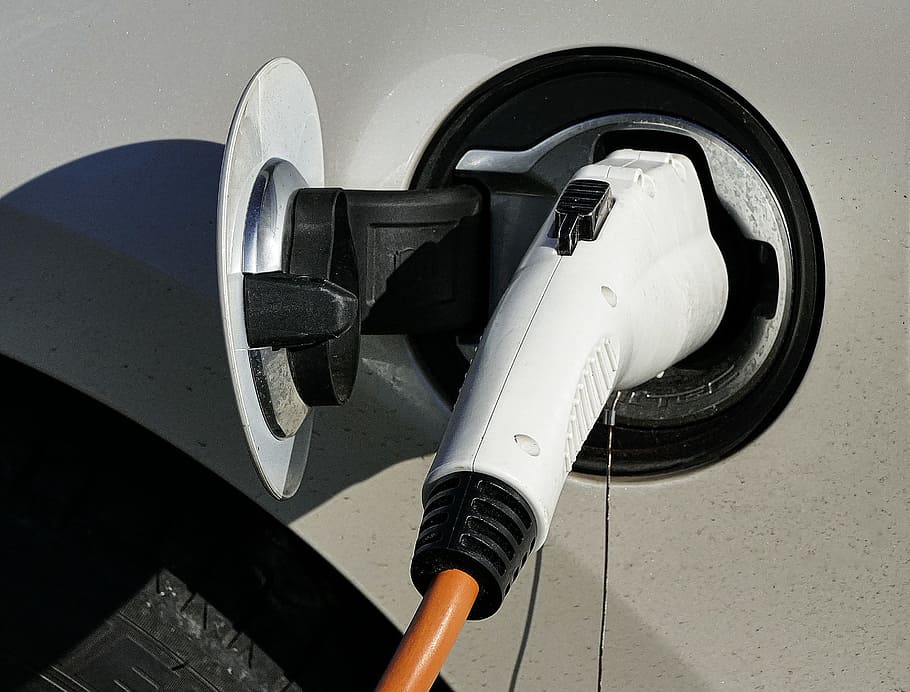A Li-ion battery needs to be charged regularly and can go through 1500-2000 charging-discharging cycles in its lifetime. The business to supply energy to batteries is an interesting opportunity in itself. Two potential models are emerging, both of which have been successful in some parts of the world:
Note: This is the last part of a 3 post series. In each part, we will discuss the opportunities for Indian EV startups in the OEM, battery and energy distribution play respectively. You can read the 2nd part here
—————————————————————————–
- Charging: Batteries are purchased with the vehicles. A user can charge the battery at charging points. Charging a vehicle can take anywhere from 1 hr to 8 hrs depending upon whether it is a fast charging solution or a slow one.
- Swapping: Batteries are not purchased with vehicles but leased. A user can exchange a discharged battery with a charged one from swapping stations within minutes. Essentially like a cooking gas cylinder.
This market, although large, has low margins and usually carries the risk of high government regulations. Business of energy distribution services is not very promising. However, an asset-light charging network can be a large opportunity for startups.
An asset-light charging network can be a large opportunity
While charging is the default option and is most likely to happen, a standalone charging service provider is not a lucrative opportunity. The margin one can command for electricity distribution is very thin and can hardly recover the land rentals.
Existing businesses – corporates, restaurants, shopping malls – that already have parking spaces are more likely to provide charging services, making it a highly fragmented play. Moreover, the charging hardware, even though a commodity, requires high CapEx.
A software layer sitting on top of chargers can facilitate smooth workflow from booking a charger till the completion of charging. It ensures efficient match-making of demand and supply, enables charging across multiple chargers and battery types, controls optimum charging speed and acts as a consumer interface for providing good experience. Creating an asset-light charging network can be interesting due to the following reasons:
a) Low CapEx: This model requires low CapEx as one doesn’t need to invest in charging infrastructure, but can build a network of chargers through partnerships. This makes it faster to scale up even with limited capital.
b) Strong network effects: As more customers and chargers are acquired, the solution becomes more valuable, creating a flywheel effect on growth. The network becomes a strong competitive moat and can be leveraged to build a high volume business.
ChargePoint in the US and New Motion in Europe have been successful in creating large charging network businesses. While New Motion is a pure software play, ChargePoint, along with software, invests in setting up its own hardware network as well.
Swapping is not a long term solution and needs a captive demand base
Sometimes a commercial 2W or 3W travels >100 kms/day, while the single charge of a battery may only last upto 50-80 kms depending upon the battery size. To avoid range anxiety and downtime during business hours, a lot of companies have tried to separate the battery from the vehicles and come up with the battery swapping model. Swapping also helps reduce the upfront purchase cost of the vehicle as batteries are not owned by the customer but leased by the provider / OEM.
However, swapping comes with its own challenges:
a) Higher price: It is operationally intensive and can cost upto 50% higher than charging.
b) High inventory cost: The operator also needs to maintain a larger inventory of batteries to keep them in circulation. It can be 1.5x to 2x of the number of vehicles depending upon the density.
c) Risk of obsolescence: Over the last decade the battery prices have reduced by over 80% and the Li-ion energy density has increased by more than 100%. As such, there is a high risk of inventory obsolescence. Also, reducing prices and higher battery densities will lead to steady increase in vehicle range over the next few years, making swapping an obsolete solution.
Even if swapping were to succeed, one needs to standardize the battery to achieve interoperability across multiple OEMs. This essentially means separating the design & development process of the battery and the vehicle without any significant loss in performance. Additionally, one needs a large demand base & demand density to make it economically feasible – companies with large captive demand (like fleet operators) are more likely to capture this space.
Gogoro in Taiwan has been successful in creating a large battery swapping business. However, it operated an electric scooter fleet of its own vehicles before expanding into the battery swapping business.
Conclusion
EV in India is still at its inception and is set to grow, offering avenues of innovation in engineering, technology and business models. We are excited to see so many entrepreneurs solving such hard problems across the entire EV value chain. If you are an aspiring entrepreneur or an enthusiast in this space, we would love to catch up and exchange learnings. Please drop a line at naman@stellarisvp.com.

